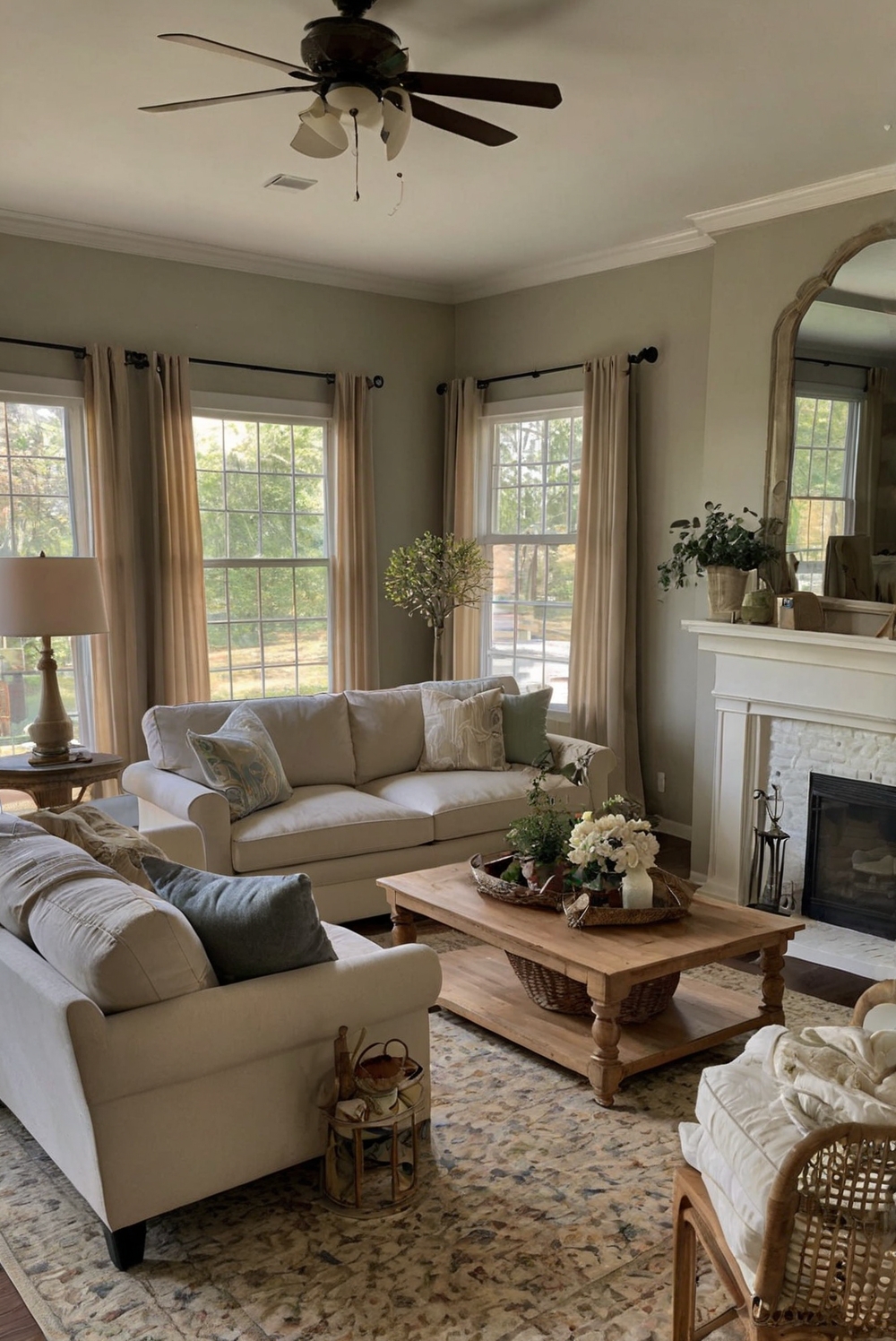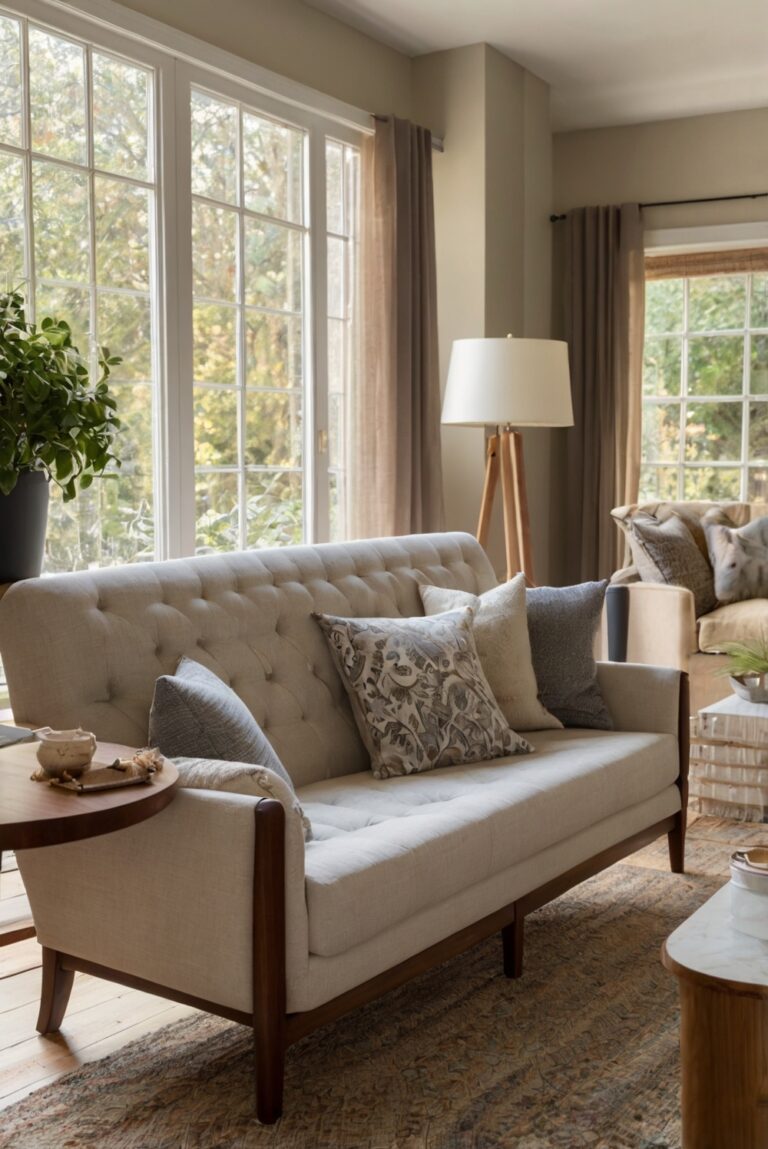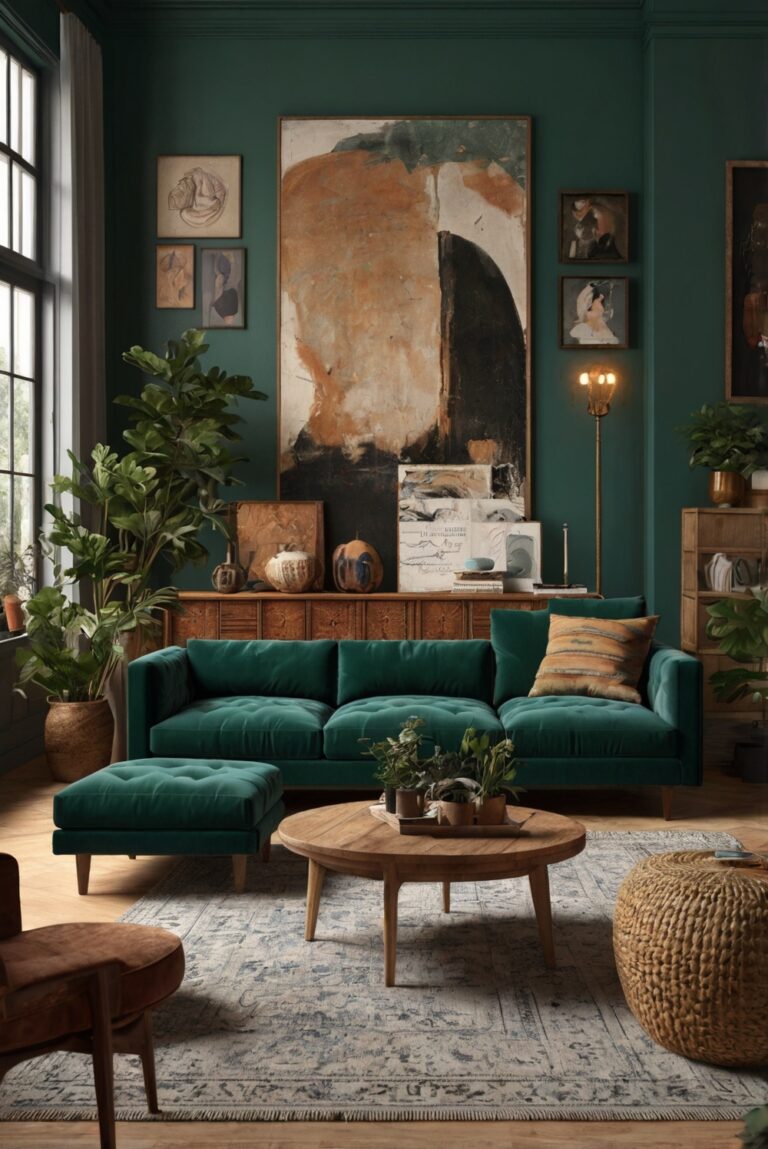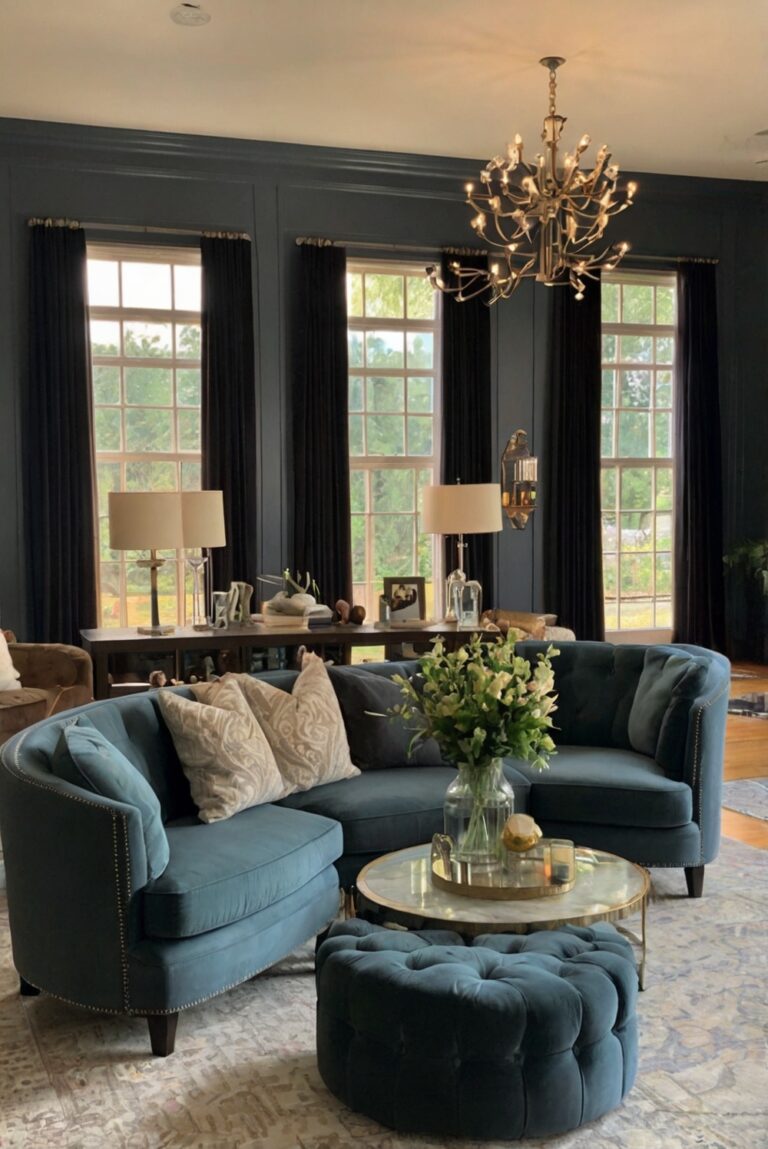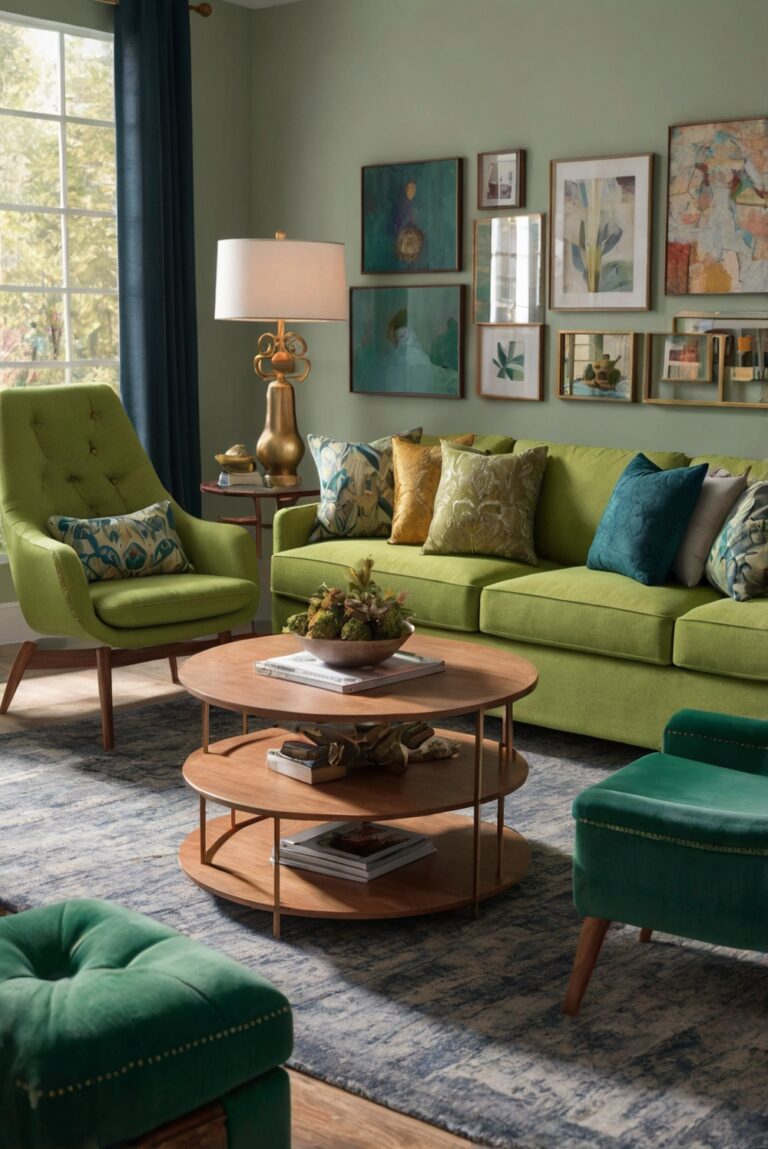Ready to transform your living room with optimal furniture arrangement? Discover the best interior designer routines for maximizing flow and functionality in your space.
Some of the best ways to arrange furniture for optimal flow in a living room include considering the layout of the room, ensuring there is enough space for movement, balancing the placement of items, and creating designated functional areas such as a seating area or entertainment zone.
Organizing the furniture in a manner that promotes easy navigation and visual appeal can enhance the overall ambiance of the room. It is important to utilize the available space wisely and ensure that the furniture pieces do not obstruct natural pathways. By carefully planning and arranging the furniture, you can create a harmonious living space that is both practical and inviting.
Consider using a room planner tool or a design software to visualize different furniture arrangements before physically moving the items. This can help in optimizing the flow and functionality of the space while allowing for easy modifications if needed. Additionally, incorporating elements such as accent walls or cohesive color schemes can further enhance the overall aesthetic appeal of the room.
What are the best ways to arrange furniture for optimal flow in a living room?
1. Consider the Functionality:
When arranging furniture in a living room for optimal flow, it is crucial to consider the functionality of the space. Identify the primary purpose of the room, whether it is for entertaining guests, watching TV, or relaxation. Arrange the furniture in a way that supports these activities while ensuring easy movement and access around the room.
2. Create Clear Pathways:
To achieve optimal flow in a living room, it is essential to create clear pathways that allow easy navigation through the space. Avoid blocking doorways or walkways with furniture. Arrange the seating areas in a way that promotes conversation and interaction while maintaining open pathways for movement.
3. Balance the Layout:
Achieving a balanced layout is key to optimizing flow in a living room. Consider the size and shape of the room when arranging furniture. Balance the placement of larger pieces, such as sofas and coffee tables, with smaller accent pieces like chairs and side tables. Ensure that the furniture arrangement creates a harmonious and visually appealing space.
Additional Tips for Arranging Furniture:
4. Consider Traffic Flow:
When arranging furniture in a living room, it is important to consider traffic flow patterns. Place furniture in a way that allows for easy movement around the room. Avoid overcrowding the space with too much furniture, as this can impede flow and make the room feel cramped.
5. Use Area Rugs to Define Spaces:
Utilize area rugs to define different seating areas within the living room. This can help create visual boundaries and separate the space into distinct zones. Choose rugs that complement the furniture arrangement and add warmth and texture to the room.
In conclusion, arranging furniture for optimal flow in a living room involves considering functionality, creating clear pathways, balancing the layout, and optimizing traffic flow. By following these tips and considering the overall design and layout of the room, you can create a space that is both functional and visually appealing. Remember to prioritize comfort and usability when arranging furniture to ensure a harmonious and inviting living room environment.
1. What is the importance of arranging furniture for optimal flow in a living room?
Arranging furniture for optimal flow in a living room is essential as it improves the overall functionality and aesthetics of the space. Proper furniture arrangement can create a sense of balance and harmony, making the room feel more inviting and comfortable for both residents and guests. It also ensures that the room is easy to navigate and that there is enough space for movement and interaction.
2. What are some key tips for arranging furniture for optimal flow in a living room?
Some key tips for arranging furniture for optimal flow in a living room include:
– Consider the room’s focal point and arrange furniture around it.
– Leave enough space between furniture pieces for easy movement.
– Create distinct zones for different activities, such as seating areas and entertainment areas.
– Use rugs and lighting to define different areas within the room.
– Consider the scale of furniture pieces and how they fit in the space.
3. How can furniture placement affect the flow of a living room?
Furniture placement can significantly impact the flow of a living room. Poorly arranged furniture can create obstacles and hinder movement within the space, making it feel cramped and uninviting. On the other hand, well-placed furniture can open up the room, create a sense of spaciousness, and facilitate smooth traffic flow. By strategically positioning furniture pieces, you can enhance the functionality and aesthetics of the room while ensuring that it remains comfortable and easy to navigate.
4. What are some common mistakes to avoid when arranging furniture in a living room?
Some common mistakes to avoid when arranging furniture in a living room include:
– Blocking natural pathways and creating obstacles to movement.
– Placing furniture directly against walls, which can make the room feel disconnected and uninviting.
– Overcrowding the space with too much furniture, leading to a cluttered and chaotic look.
– Ignoring the room’s focal point and failing to create a cohesive layout.
– Neglecting the importance of scale and proportion when selecting furniture pieces.
5. Are there any specific furniture arrangement techniques that can enhance the flow of a living room?
Yes, there are several specific furniture arrangement techniques that can enhance the flow of a living room, such as:
– Creating a furniture arrangement that encourages conversation and interaction.
– Using furniture to define pathways and circulation routes within the room.
– Arranging furniture in a way that allows for easy access to windows and doors.
– Considering the natural traffic flow in the room and positioning furniture accordingly.
– Incorporating multipurpose furniture pieces that can serve different functions and adapt to various layouts.

